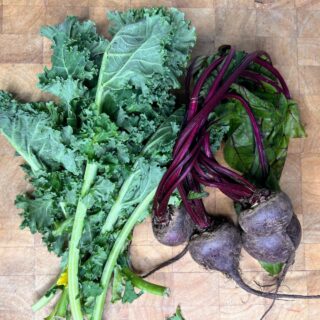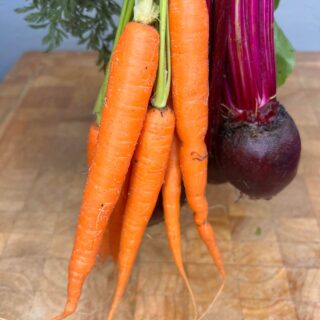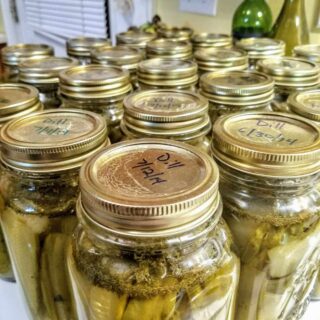If there is one staple in almost every large dinner we, or our families, make it is some form of dish involving green beans. So, naturally, we wanted to learn everything we can about growing green beans.
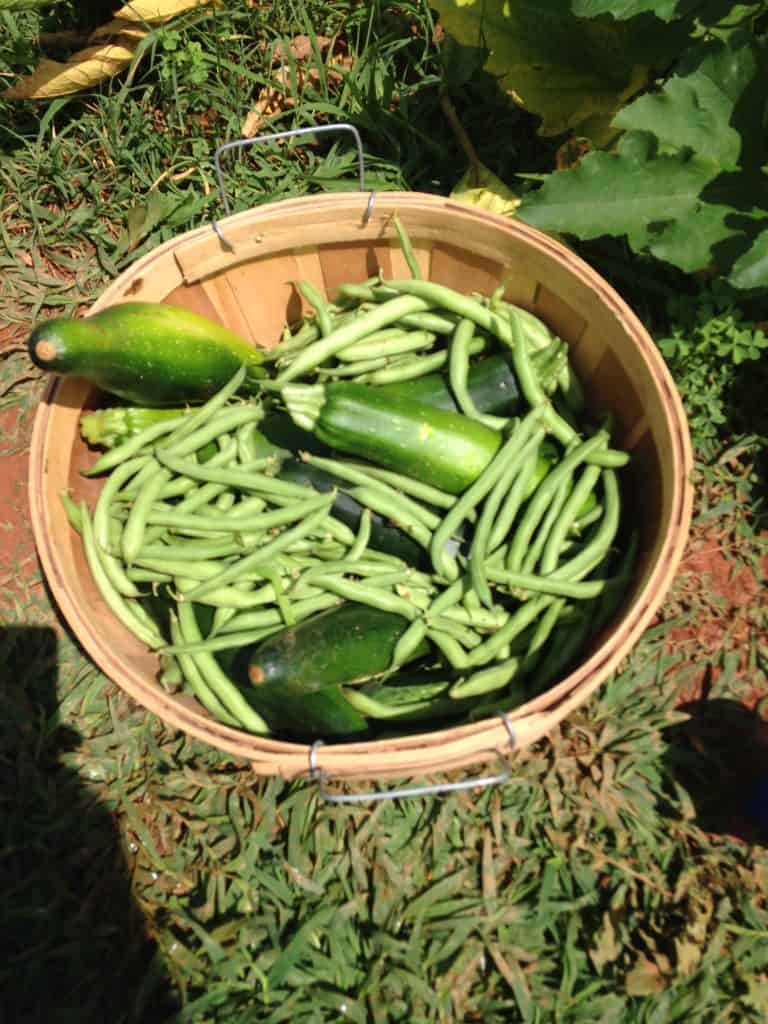
Green beans are a bit different than growing zucchini or growing yellow squash. For one, there are several different varieties that vary in plant size and growth. For instance, there are many types of green beans that extend vines. These green beans need a trellis.
The specific green beans we like to grow are called bush beans. They are a bit more compact and do not require a trellis.
Are green beans easy to grow?
Like all gardening, there is a good amount of physical labor involved. There is also an alternating watering pattern that is a little different than other crops.
Green beans require light watering when you plant them. You then increase that to a moderate amount of water when you notice them starting to flower. And then you change once again to heavy watering while you are harvesting. You also want to make sure you are not watering them overhead as that can promote disease within the plants.
Also, with green beans, you are planting, watering, harvesting, and replanting several times throughout the season. This may sound like a lot of work. It isn't super difficult, but it does require a bit more attention and planning than other "set it and forget it" type of crops like these easy & productive crops.
Like with any of your crops, you will need to have a plan to deal with pests. One big pest for green beans is beetles. You will want to learn how to get ride of beetles.
If we had to rank difficulty of growing green beans, we would say the are maybe a medium level of difficulty. But still definitely something a beginning gardener can handle with some attention.
Plus, you can likely get a large enough yield that you will want to learn how to freeze green beans and preserve them for off season. We like to stock up to make yummy things like Green Bean casserole year round.
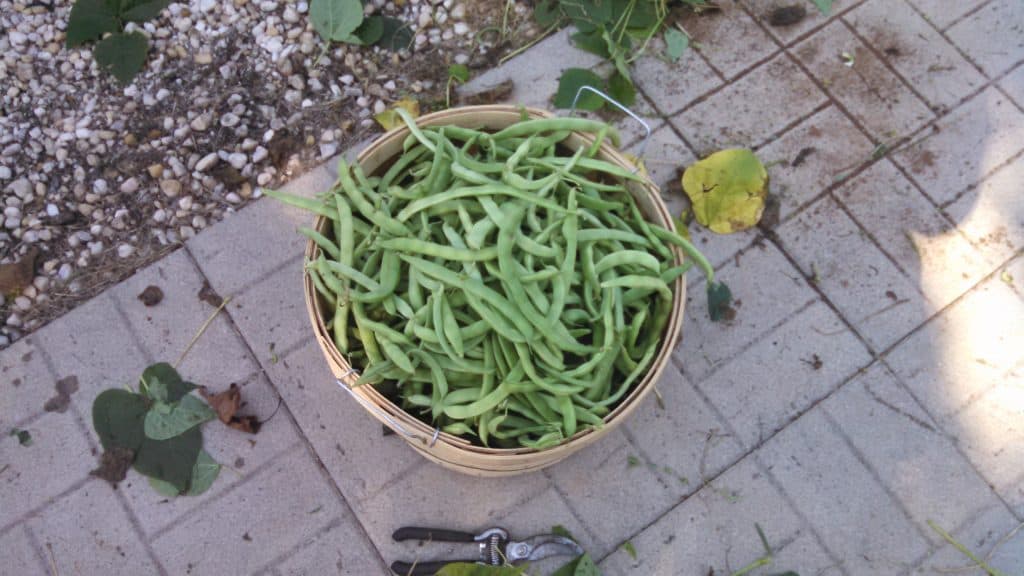
How to grow green beans
You will first need to get your seeds. You can do this at pretty much any farm store, some grocery stores, farmer's markets, or online. We prefer to grow organic so we almost always order organic seeds online.
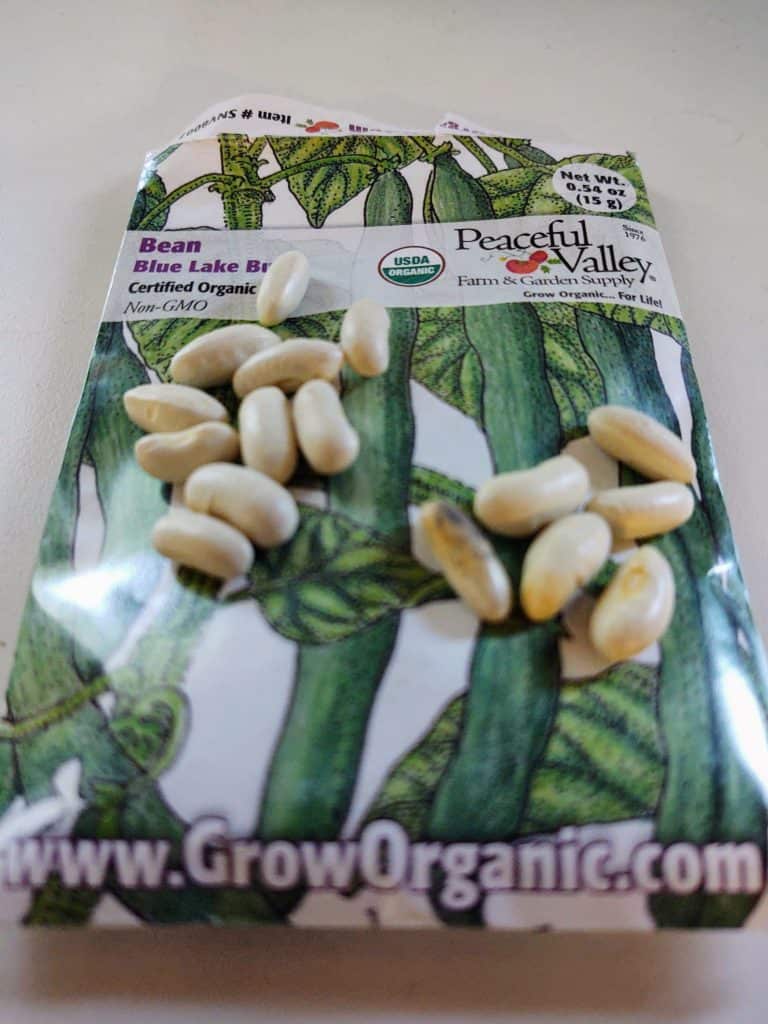
How to plant green beans
You can most likely find specific planting and care instruction on the back of the pack. If for some reason your seeds do not, you can always use this guide as a great reference.

You will want to figure out what gardening zone you live in. That will definitely help you when making your gardening plan as well as help you determine if you should try to start your green beans inside or directly sow them into your garden.
It is only recommended to start green beans inside if you live in a short-season climate. If you are able to start inside, all you need is a light source, organic potting soil and starting trays. If you do not, then you will want to wait until after the last frost and sow once your soil is above 65 degrees in temperature.
How far apart to plant green beans
Our garden is set up for square foot gardening. That just means we use planting boxes instead of rows and we base our planting sections in a 4 x 4 grid. Each section of the grid is a square foot, hence the name. Our boxes are 4 x 4 ft. But you can easily make them 3 x 3 ft and use a 3 x 3 grid if you want to use less space.
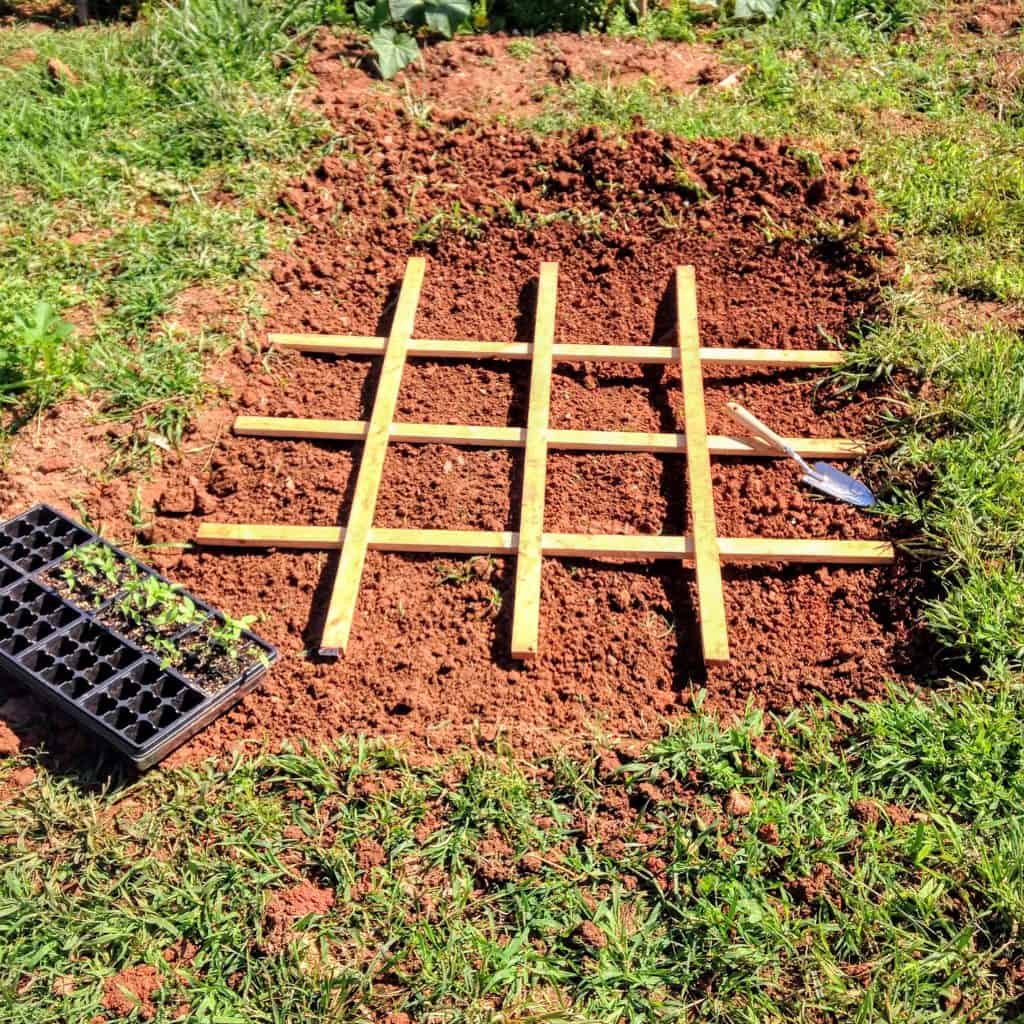
Green beans should be planted 4 inches apart. We will typically plant a few seeds together to give us better chance at something coming up. In our 4 x 4 grid we are able to plant 4 spots within each grid at a depth of about 1 inch or roughly the depth up to your first knuckle past your fingernail.
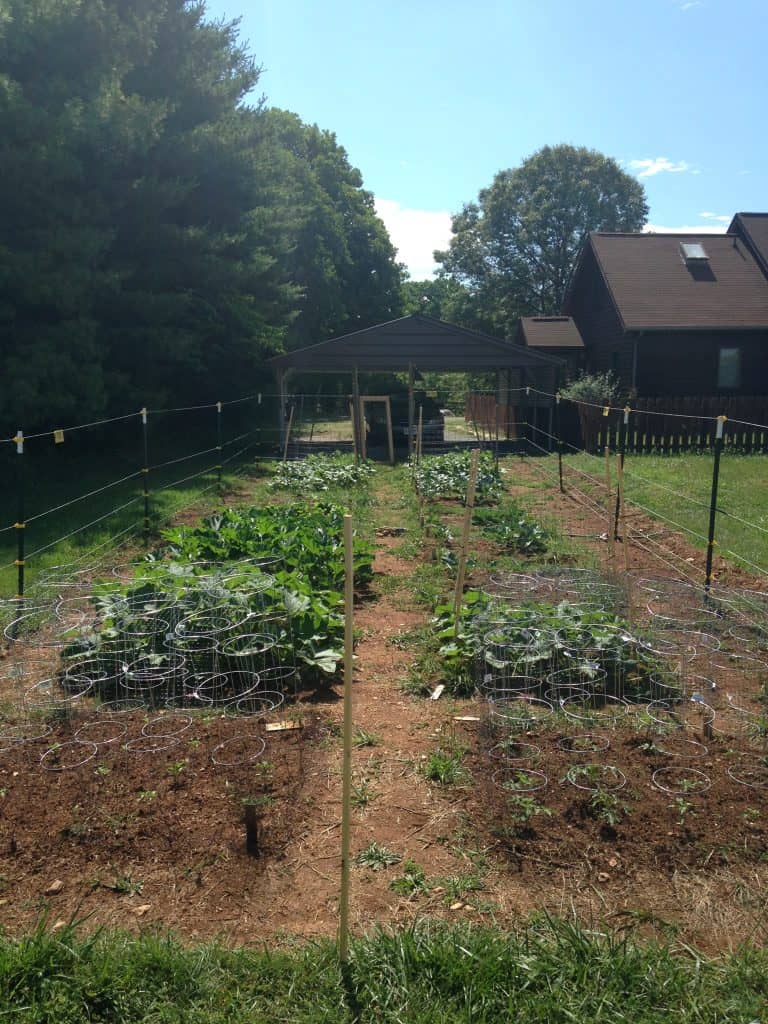
How long does it take for green beans to grow?
Green beans have a relatively quick turnaround time. Green bean germination time can vary from plant to plant but with these bush beans germination is between 7 and 10 days.

When to harvest green beans
Green beans are actually one of the fastest growing vegetables we grow and will reach maturity between 55 and 60 days, or right around 2 months. The recommended harvesting size is when the bean is ½ inch in diameter no matter how long it is. You can also tell if they are ready when they snap cleanly in half.
Do green beans regrow after picking?
They will regrow to a point but not for an extended period of time. Most plants will complete their entire production cycle within a few weeks. It is recommended that if you want a larger and longer harvest, set a continuous planting schedule for every 10 days.

For more gardening tips
[pt_view id="5f37129sdf"]

